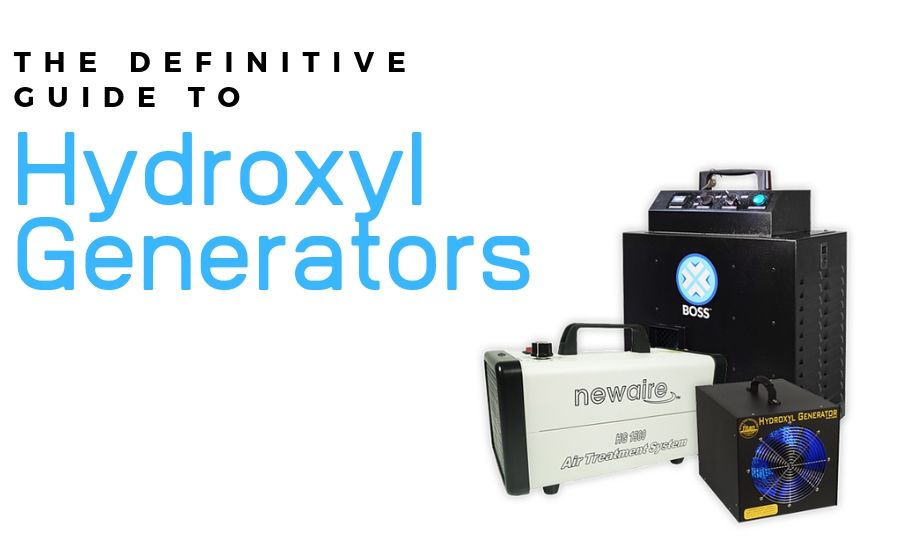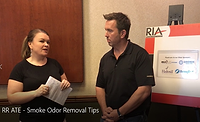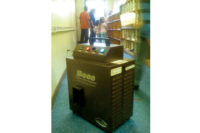The Definitive Guide to Hydroxyl Generators

Hydroxyl generators are among one of the most popular odor removal tools used by disaster restoration contractors. Contractors have long relied on other equipment, like ozone generators, but safety concerns and potential damage to contents have prompted many contractors to look for other, safer odor removal solutions.
Since first introduced to the restoration industry in 2008, hydroxyl generators have since been effectively used in thousands of small and large property losses to remove a wide range of odors. Some of these odors include those caused by fire damage, smoke odors, water damage and mold situations, crime and trauma scenes, pet odors, and many other scenarios where odor removal is a critical part of the restoration and remediation process.
They are also widely used by property managers, hotels, and similar entities to remove cigarette smoke, ethnic cooking, and other odors left behind by occupants.
Professional-grade hydroxyl generators use the same broad range of UV radiation as the sun to naturally clean and deodorize indoor environments.
The primary method for producing hydroxyl radicals is by replicating nature’s process and using multiple wavelengths of high-energy UV lights to react with oxygen and water vapor in the air. This generation process creates approximately two million hydroxyls per cubic centimeter.
There are several types of hydroxyl generators on the market today for restoration contractors, and they each work a little differently. Contractors are encouraged to be diligent to understand the various types of generators on the market, and to evaluate their efficacy before making a purchase.
Want to know more about what these generators do? Take time to search the many articles on this topic right here on www.randrmagonline.com. You can also click here.
Looking for a reprint of this article?
From high-res PDFs to custom plaques, order your copy today!





